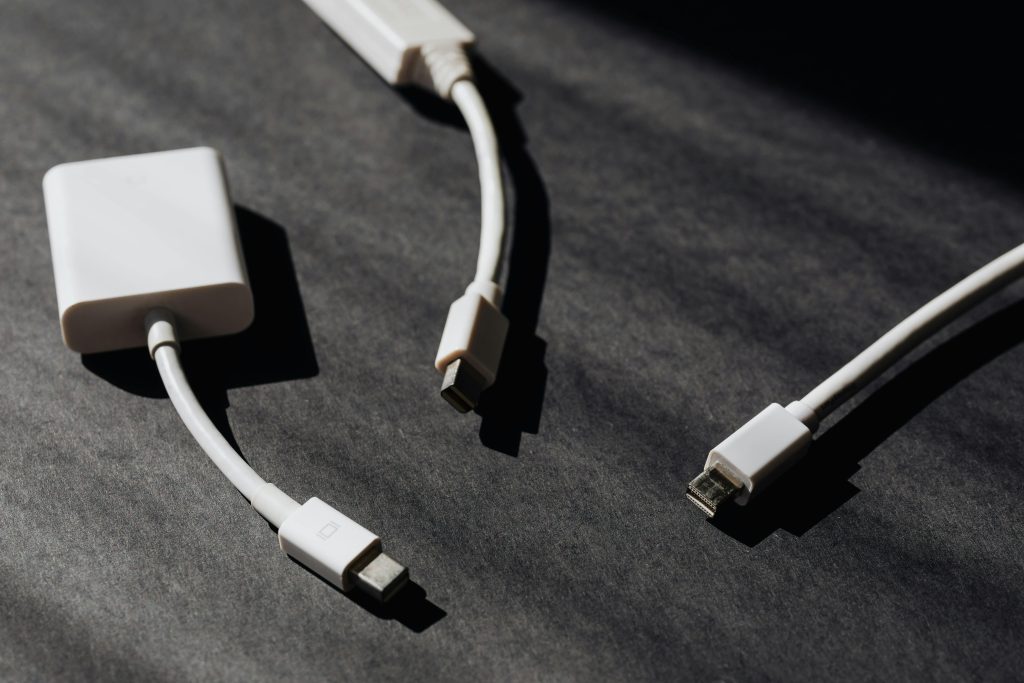Navigating the Challenges of SD Card Corruption: A Personal Experience
Hello, fellow tech enthusiasts!
Today, I want to share a rather frustrating incident that recently occurred during my attempt to transfer precious photos to Google Drive from my mobile device. In my eagerness to complete the task, I made a critical error that led to the corruption of my SD card.
As I was uploading my photos, the process was taking longer than expected. In a moment of impatience, I hastily decided to abort the transfer without considering the potential repercussions. To my dismay, I soon discovered that my actions had consequences: the SD card became corrupted, leaving me unable to access its contents.
Realizing the gravity of my mistake, I refrained from taking any further actions immediately. Now, I find myself in need of advice on how to proceed. What are the best practices for recovering lost data, and how much can I expect to invest in the recovery process?
This experience has certainly served as a hard-learned lesson in patience. I’m determined to approach future technology-related tasks with a calmer mindset.
If you’ve faced a similar situation or have any tips on data recovery, I would greatly appreciate your insights in the comments! Thank you for reading, and may we all learn from each other’s experiences in the digital world.
Share this content:




Hi there, I’m sorry to hear about your SD card issue. Corruption often occurs if the device is removed or interrupted during a write or transfer process. Here are some steps you can take to try and recover your data:
Regarding cost, software recovery tools generally range from free (with limitations) to around $50–$100 for full versions. Professional recovery services may vary depending on the extent of damage but can be more costly.
Prevent future data loss by regularly backing up important files and safely ejecting your SD card during transfers. Patience during data operations can save you a lot of trouble.
For more detailed guidance, you might also find this resource helpful: